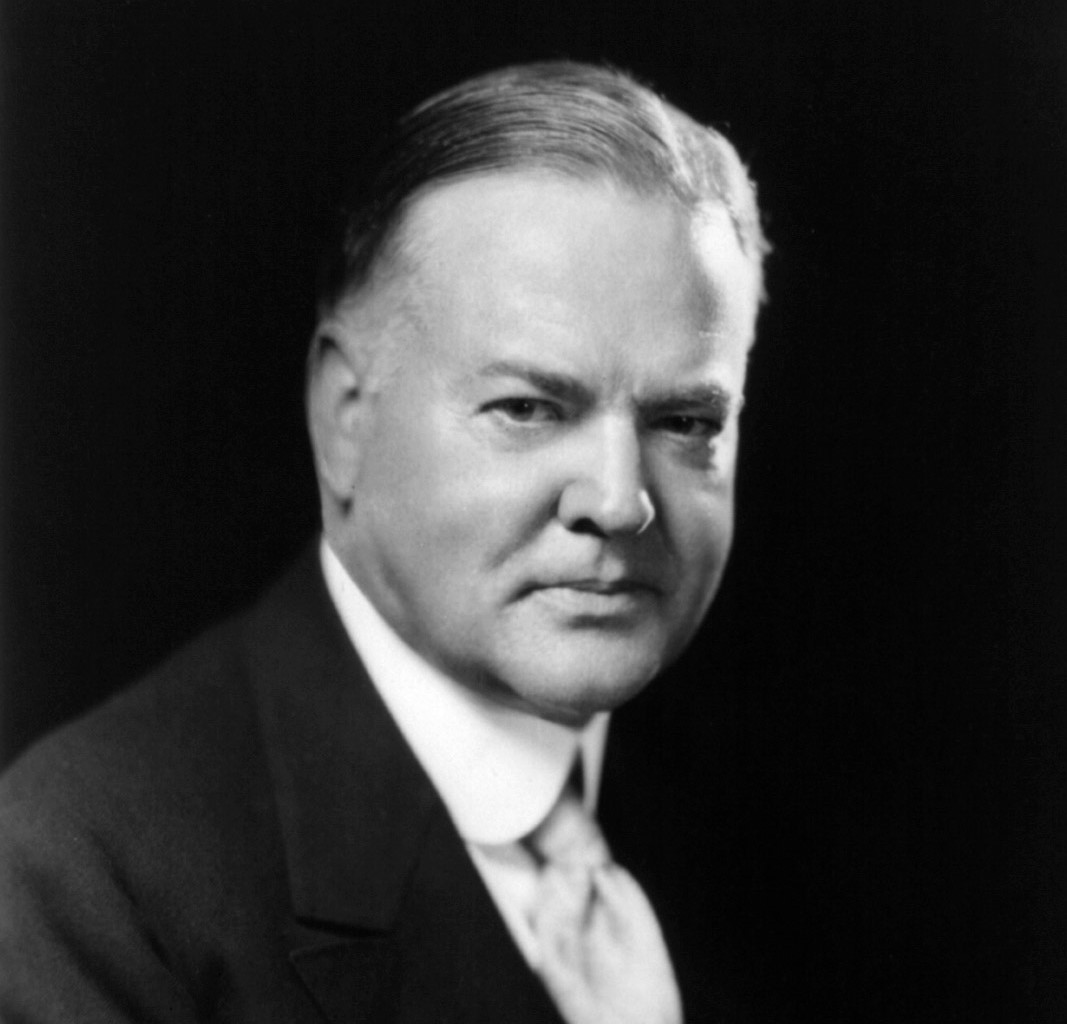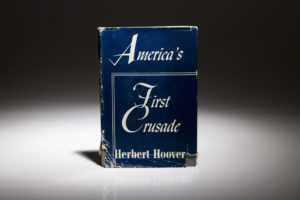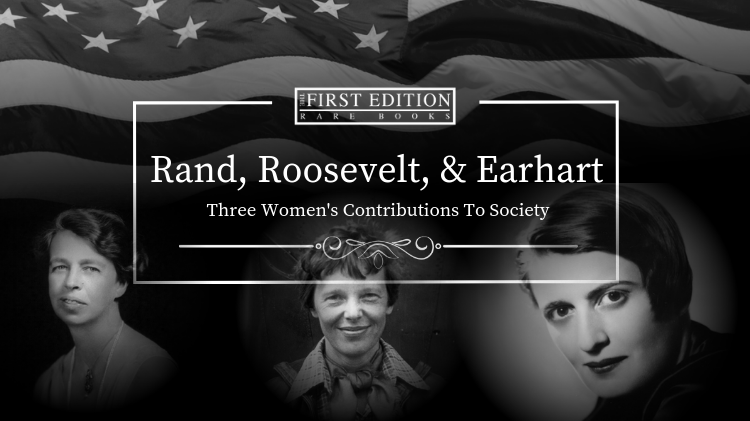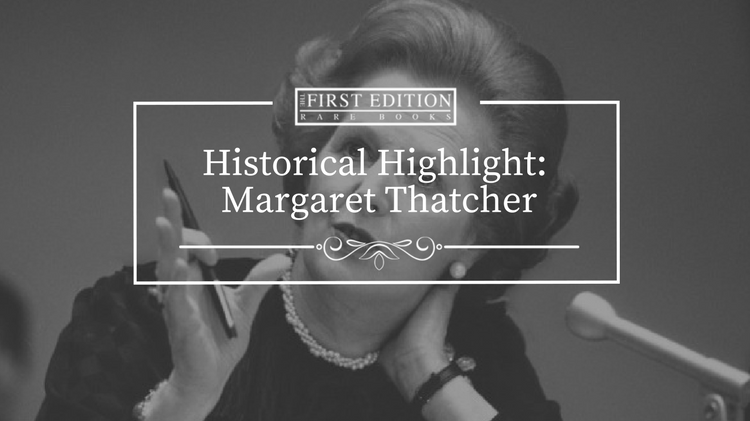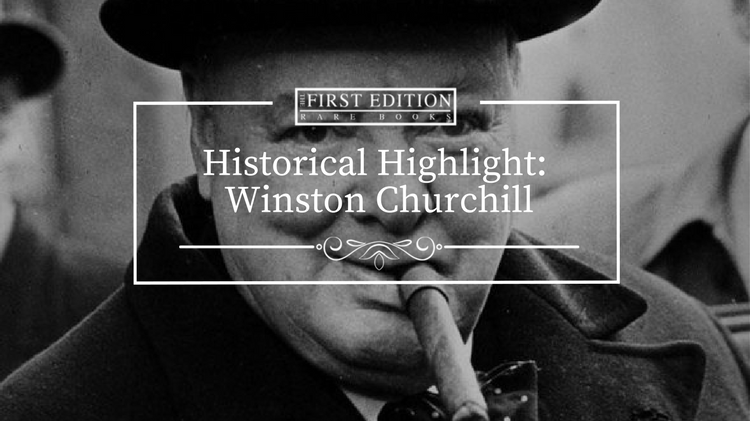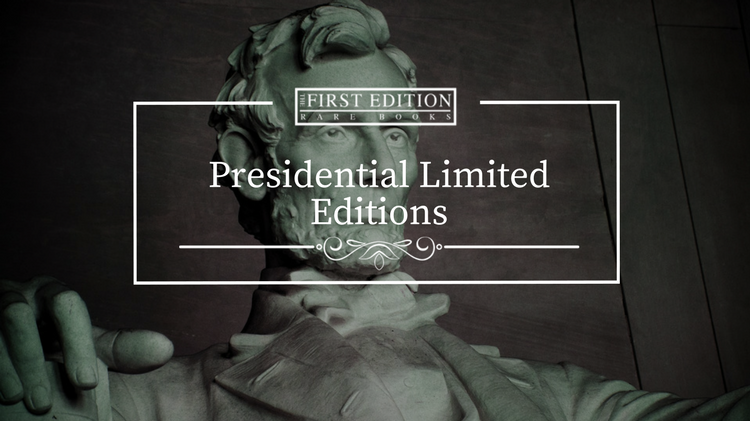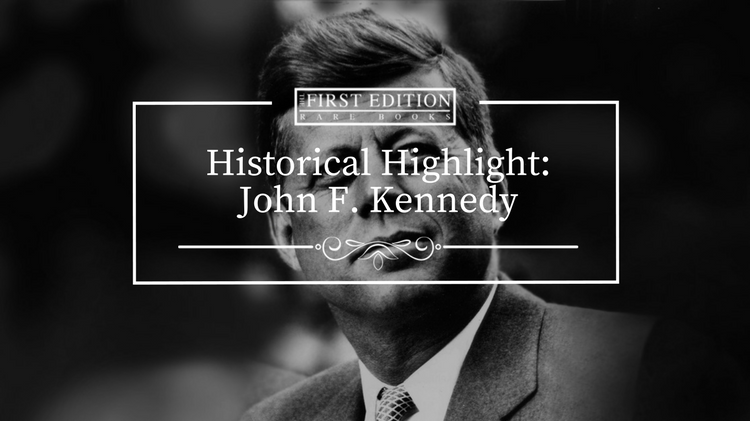
Date of Birth: May 29, 1917
Died On: November 22, 1963 (age 46)
Cause of Death: Assassination
9 Fascinating Facts About JFK
- President Kennedy was a prolific author before his time as President. He wrote the following books:
- Why England Slept (1940)
- As We Remember Joe (1945)
- Prelude to Leadership (1945)
- Profiles in Courage (1956)
- A Nation of Immigrants (1959)
- The Burden and the Glory (1964)
- He suffered from Addison Disease throughout his life.
- Bought 1,200 Cuban cigars the day before an Executive Order banned Cuban imports
- Obsessed with his weight to the point that he traveled with a bathroom scale
- Donated his entire salary as president to charity
- Loved playing Bridge and reading James Bond novels
- Got into a fender bender with Larry King while he was a Senator
- Was the last president to be sworn in wearing a top hat
- He was the target of at least 4 assassination attempts
Naval Service
Following his graduation from Harvard, John F. Kennedy entered the Navy. After he completed basic training, he was assigned command of PT-109 in the South Pacific. While in the Pacific, one of the boats he commanded was hit and he was injured. Despite being injured, Kennedy helped a fellow naval officer by swimming them both to safety.
Upon completion of his naval career, Lieutenant Kennedy received multiple awards for heroism. His war medals include: Navy and Marine Corps Medal, Purple Heart Medal, American Defense Service Medal, American Campaign Medal, Asiatic-Pacific Campaign Medal, and WWII Victory Medal.
House of Representatives (1947-1953)
Kennedy won the 11th Congressional District in Massachusetts in 1947. The seat became available when U.S. Representative James Michael Curley vacated his seat to become the mayor of Boston. With the backing of his father, Kennedy’s campaign was successful, ending with him taking 73 percent of the vote.
Kennedy served six years in the House of Representatives. His focus was largely on international affairs. While in the House, Kennedy supported many major acts of legislation including the Truman Doctrine, the Labor Management Relations Act, and the Immigration and Nationality Act.
Senate and Presidential Campaign (1953-1963)
As early as 1949, JFK began preparing for a senatorial career. In 1952, Kennedy defeated three-term incumbent Henry Cabot Lodge Jr. by a wide margin to win the seat in the Senate. During his time in the Senate, Kennedy underwent two spinal operations.
While recovering, Kennedy wrote his Pulitzer Prize-winning autobiography, Profiles in Courage. Kennedy also married his wife, Jacqueline, during his second year in the Senate. In 1960, John F. Kennedy formally announced that he would be running for the Democratic presidential nomination. His youth and experience were questioned, but his charisma won many over.
The fact that Kennedy was a Catholic was viewed as a negative to many in the country, but his adamant message of separation of church and state would eventually win over some within the anti-Catholic crowd. Kennedy selected Lyndon B. Johnson as his vice presidential nominee despite opposition from his brother, Robert.
In the first-ever televised presidential debates, Kennedy and Vice President Richard Nixon squared off against each other. The television debates became a turning point for Kennedy, giving him the edge over Nixon. People who listened to the debate on the radio believed that Nixon had won. Kennedy eventually went on to defeat Nixon in one of the closest elections of the 20th century.
Presidency (1961-1963)
The Kennedy Administration began on January 20, 1961. In his inaugural address, he famously said: “Ask not what your country can do for you; ask what you can do for your country.” Kennedy’s address expressed his confidence that his administration would make significant impacts both domestically and abroad. Kennedy’s time in office is remembered as a time engulfed with foreign policy crisis.
The Cold War, the Space Race, the Berlin Wall, the Cuban Missile Crisis, and the Bay of Pigs are all vividly remembered as critical times in American history. Kennedy’s domestic program, called the “New Frontier,” promised federal funding for education, medial care for the elderly, economic aid to rural regions, and government intervention to stop the recession. During his time in office, Kennedy was also an advocate for the Civil Rights Movement.
Assassination
On November 22, 1963, in Dallas, Texas, President John Fitzgerald Kennedy was assassinated while on a political trip. While riding in a presidential motorcade, Kennedy was shot once in the back and once in his head by Lee Harvey Oswald. He was immediately rushed to Parkland Hospital where he was pronounced dead 30 minutes later. He died at the age of 46, serving 1,036 days in office.
